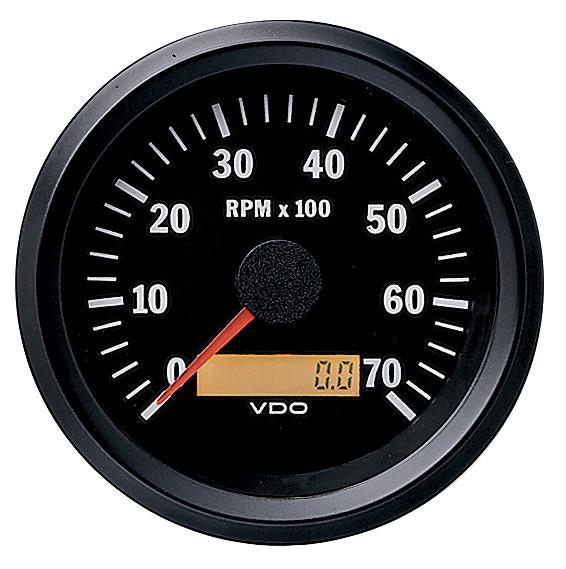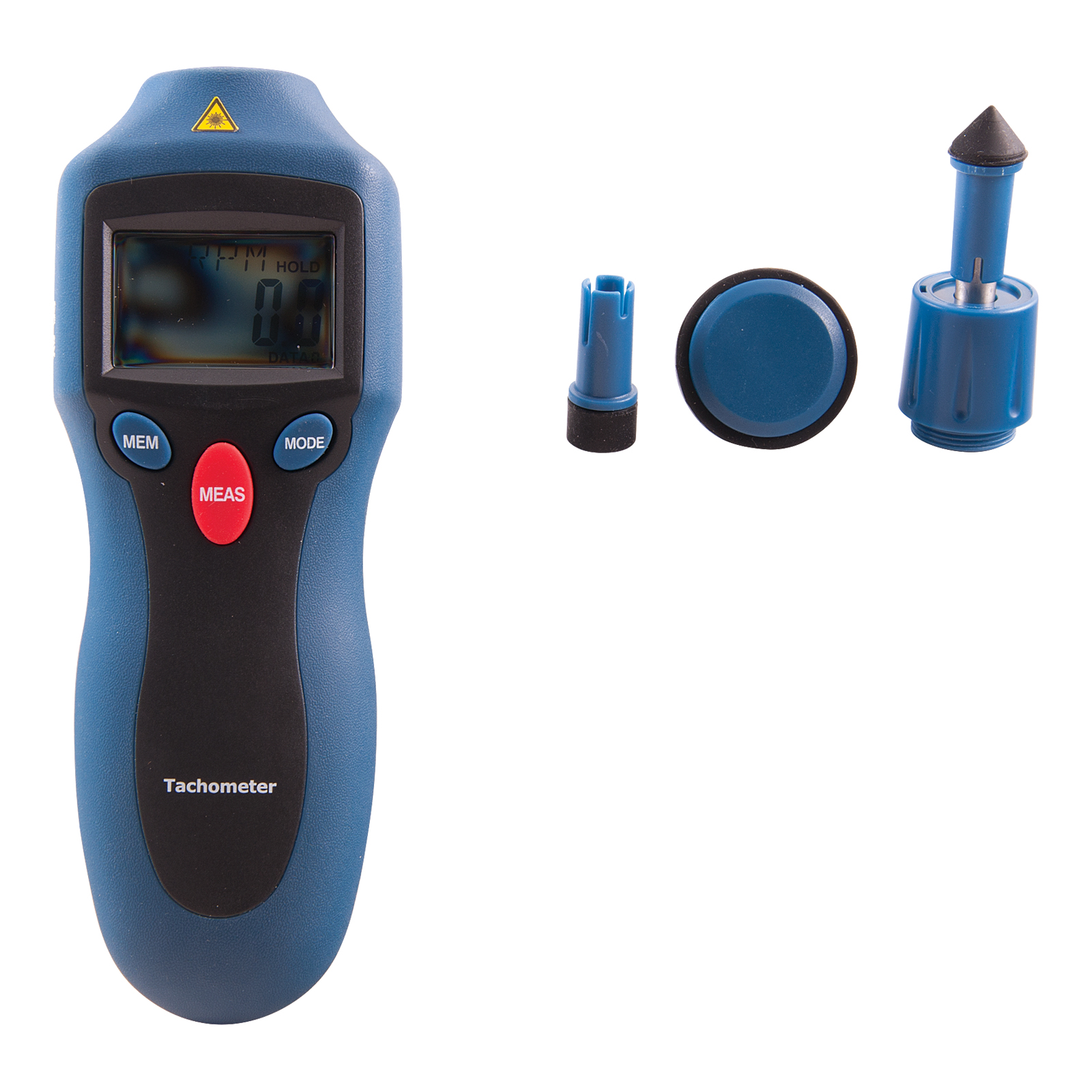Secret Reasons Having a Tachometer Is Vital for Keeping Engine Health and Effectiveness
This humble yet essential instrument plays a pivotal role in the upkeep of an engine's wellness and performance. By offering real-time information on engine rate and RPM degrees, a tachometer uses very useful understandings that straight affect the performance and longevity of the engine. Allow's explore the crucial factors behind its critical role in keeping engine wellness and effectiveness.
Stopping Engine Over-Revving

To guard the engine from prospective damage, it is necessary to carry out steps that prevent over-revving, a technique that can cause expensive repairs and lowered engine life-span. Over-revving happens when the engine's rotational speed goes beyond the maximum limit established by the producer, creating unnecessary stress on inner components such as pistons, shutoffs, and linking rods. This too much strain can cause mechanical failures, consisting of curved valves, damaged pistons, and even tragic engine failing.
A rev limiter is a device that manages the optimum RPM (changes per minute) of the engine by either reducing off gas flow or spark to the engine when the pre-set limitation is gotten to. Normal upkeep checks to ensure the engine is in optimal condition can also aid in preventing over-revving events and lengthening the engine's life-span.
Optimizing Fuel Consumption
Efficient fuel consumption plays a critical role in maximizing the performance and sustainability of an engine. tachometer. Optimizing fuel consumption not only aids in reducing operational costs however additionally minimizes the environmental impact of car emissions. By using a tachometer to check engine rate and readjust driving habits appropriately, chauffeurs can achieve better fuel performance
Keeping a constant speed and preventing unexpected accelerations and slowdowns can significantly boost gas economic situation. Furthermore, appropriate gear option based upon the tachometer readings guarantees that the engine operates within its optimum array, causing a lot more efficient gas burning.
Consistently checking the tachometer can additionally help identify any kind of inefficiencies or mechanical concerns that may be affecting gas consumption. For example, an abrupt increase in gas usage without a corresponding modification in driving practices can suggest a problem that needs attention.
Monitoring Engine Health And Wellness
Monitoring engine health and wellness is essential for making sure optimum efficiency and longevity of the vehicle. By using a tachometer to keep an eye on engine speed, motorists can spot abnormalities that may suggest prospective concerns with the engine. A tachometer gives real-time data on engine changes per minute (RPM), allowing chauffeurs to recognize any type of unusual spikes or decrease in RPM that might signal troubles such as misfires, damaged components, or engine overheating.

On a regular basis checking engine anonymous wellness via using a tachometer enables chauffeurs to resolve issues quickly before they rise and trigger considerable damage. Identifying a decline in RPM might suggest fuel distribution problems or a clogged air filter, while an abrupt increase in RPM might direct to concerns with the transmission or exhaust system. By remaining watchful and receptive to modifications in engine performance, vehicle drivers can stop costly fixings and guarantee the total health and wellness and efficiency of their lorry.
Expanding Engine Lifespan
Making certain the durability of an engine calls for persistent upkeep practices and alert monitoring of crucial performance indications. Extending an engine's lifespan is critical for decreasing total vehicle maintenance prices and avoiding unforeseen malfunctions. A tachometer plays a significant function in this facet by supplying real-time information on engine rate, allowing motorists and technicians to make informed decisions to protect against excessive wear and tear.

In addition, normal upkeep based upon tachometer readings, such as timely oil changes and ignition system replacements, can considerably contribute to extending the engine's long life. On the whole, including a tachometer right into regular engine tracking practices is important for preserving the engine's health and performance over the long-term.
Saving Money on Repairs
To properly manage automobile upkeep expenses and decrease unforeseen breakdowns, leveraging the insights offered by a tachometer can be crucial in conserving cash on repair services. A tachometer assists in checking the engine's RPM (changes per min), enabling chauffeurs to run within the advised variety. By staying within these optimum RPM levels, too much stress on the engine can be avoided, lowering the probability of costly fixings because of overworking the engine (tachometer). In addition, a tachometer can notify drivers to possible concerns such as engine misfires or failing elements, helpful hints enabling very early intervention before these troubles intensify and cause much more extensive-- and my company costly-- repairs.
Furthermore, by utilizing the information from a tachometer to exercise smooth acceleration and deceleration, motorists can lengthen the lifespan of their car's parts, inevitably saving money on maintenance and replacements. Generally, the understandings provided by a tachometer equip drivers to make informed decisions that can stop unneeded damage on the engine, bring about significant cost savings in the future.
Final Thought
In final thought, a tachometer plays a crucial role in preserving engine health and wellness and effectiveness by stopping over-revving, enhancing gas usage, keeping an eye on engine health and wellness, prolonging engine life expectancy, and conserving money on repair work. It is a necessary device for making sure that the engine runs within risk-free limitations and carries out at its best, ultimately contributing to the long life and total efficiency of the automobile.